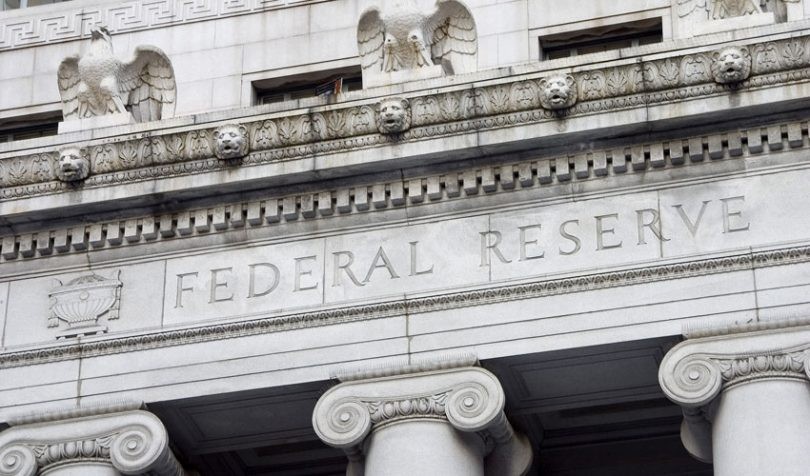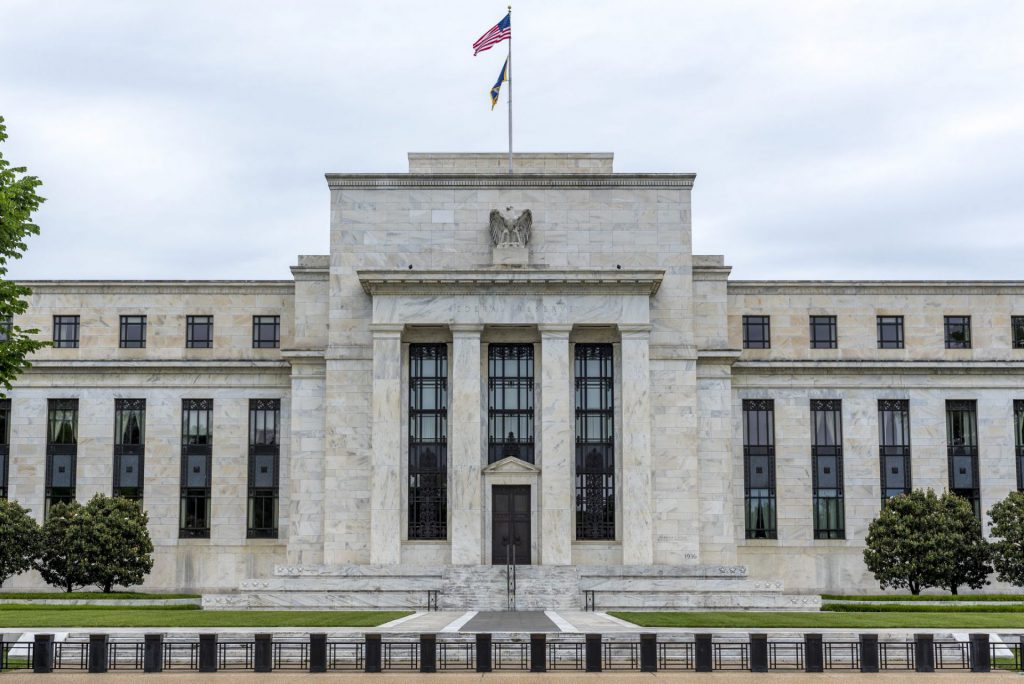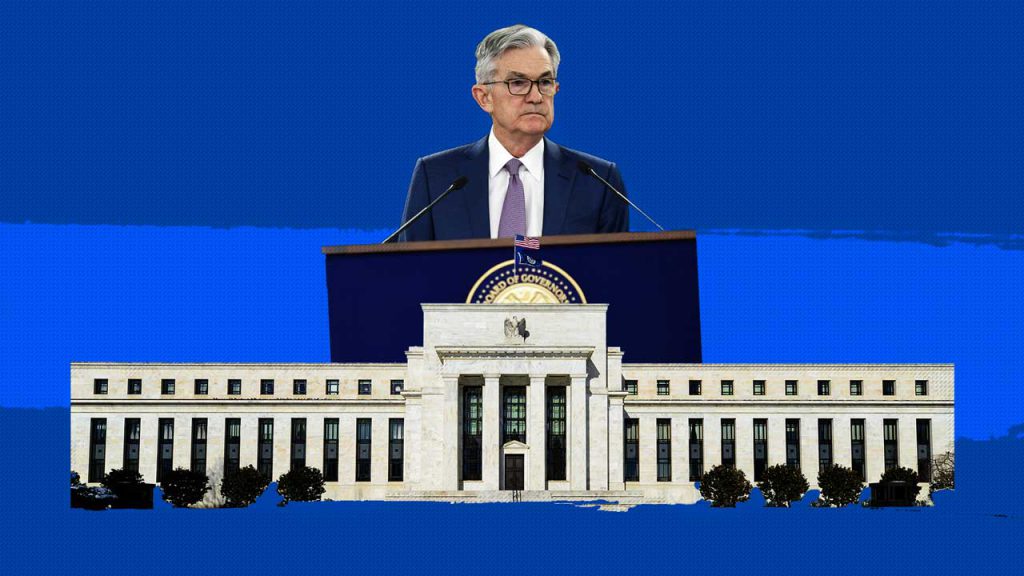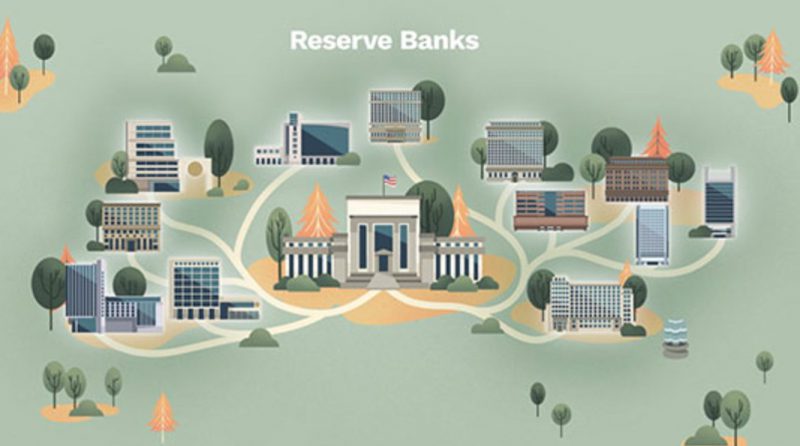Discover: Where are the 12 Federal Reserve Banks Located?
The Federal Reserve System plays a crucial role in maintaining a sound financial system and a healthy economy in the United States. At this point, the heart of this system is the 12 regional Federal Reserve Banks strategically located across the country.
In this article, we will explore the locations of these banks and understand their significance in the Federal Reserve System.


The Structure of the Federal Reserve System
First, let’s review the structure of the Federal Reserve System. The Federal Reserve System comprises three key entities: the Federal Reserve Banks, the Board of Governors, and the Federal Open Market Committee (FOMC).
Second, The 12 regional Reserve Banks serve as the Federal Reserve System’s operational arms, ensuring the financial system’s stability and promoting economic growth.
Thirdly, Each Reserve Bank operates within its designated geographic area, a Federal Reserve District.
The locations of these banks are as follows:
- Boston (First District)
- New York (Second District)
- Philadelphia (Third District)
- Cleveland (Fourth District)
- Richmond (Fifth District)
- Atlanta (Sixth District)
- Chicago (Seventh District)
- St. Louis (Eighth District)
- Minneapolis (Ninth District)
- Kansas City (Tenth District)
- Dallas (Eleventh District)
- San Francisco (Twelfth District)
Additionally, these locations were strategically chosen to ensure that the Federal Reserve System’s operations and decision-making processes consider the economic conditions and needs of communities nationwide.


The Role of the Federal Reserve Banks
1. Monetary Policy and the FOMC
One of the primary responsibilities of the Federal Reserve Banks is to contribute to the formulation of monetary policy.
Also, the presidents of the 12 Federal Reserve Banks and the seven Board governors form the Federal Open Market Committee (FOMC).
Furthermore, this committee meets every six weeks to discuss and determine the direction of interest rates, aiming to promote stable prices and optimal economic growth.
2. Supervision and Examination of Member Banks
The Federal Reserve Banks are vital in supervising and examining member banks and financial holding companies within their respective districts.
Additionally, these oversight activities ensure the financial system’s soundness, stability, and compliance. The Reserve Banks monitor for financial risks, enforce consumer protection and fair lending laws, and promote responsible community development.
3. Provision of Key Financial Services
The Federal Reserve Banks provide critical financial services to the nation’s payment system. They distribute cash and coins to banks, ensuring the public’s access to currency.
Additionally, the Reserve Banks offer check collection and processing services to banks and financial institutions, supporting the smooth functioning of the payment system.
4. Support for the U.S. Treasury
Another important role of the Federal Reserve Bank is to serve as a bank for the U.S. government. They maintain accounts for the U.S. Treasury, process government checks, and conduct government securities auctions.
These services contribute to the efficient functioning of the U.S. Treasury’s financial operations.
5. Understanding the Regional Economy
Another key point is understanding the regional economy. The Federal Reserve Banks have a deep understanding of their local economies. Economists and employees within each district provide expertise and insights into regional economic conditions.
This information is compiled in publications like the “Beige Book,” which informs Bank presidents and the Board of Governors in their decision-making processes.


Evolution of the Federal Reserve Banks
Next, Establishing the Federal Reserve System and the 12 Federal Reserve Banks dates back to 1913. President Woodrow Wilson signed the Federal Reserve Act into law, creating the nation’s first central banking system. The Reserve Bank Organization Committee (RBOC) announced the cities and districts selected for the 12 Federal Reserve Banks in 1914.
So, over time, the Federal Reserve Banks have undergone changes in their roles and operations.
The Banking Act of 1935 also centralized the Federal Reserve System and shifted monetary policy decision-making power to the Board of Governors. In 1977, the Federal Reserve Reform Act was enacted to increase transparency and accountability to Congress by clarifying objectives and changing the selection criteria for Reserve Bank directors.
Furthermore, in recent years, significant legislation, such as the Dodd-Frank Act, has imposed stricter supervision and regulation of financial institutions to protect consumers.
The Federal Reserve Banks have adapted to these changes, ensuring their services align with the economy’s and society’s evolving needs.
Conclusion
In conclusion, the 12 Federal Reserve Banks are strategically located across the United States, serving as the operational arms of the Federal Reserve System.
Furthermore, Each Bank operates within its designated Federal Reserve District, ensuring that the economic conditions and needs of communities from every part of the nation are considered in the Federal Reserve’s decision-making processes.
As shown above, the Federal Reserve Banks play a crucial role in maintaining a stable financial system, promoting economic growth, and providing key financial services to the nation.





